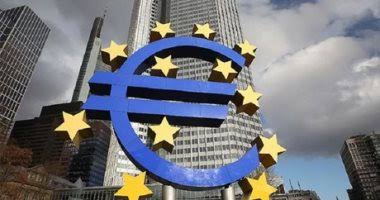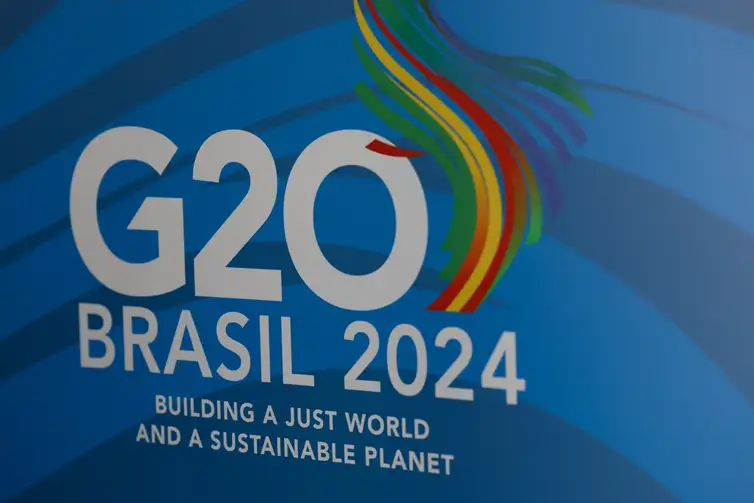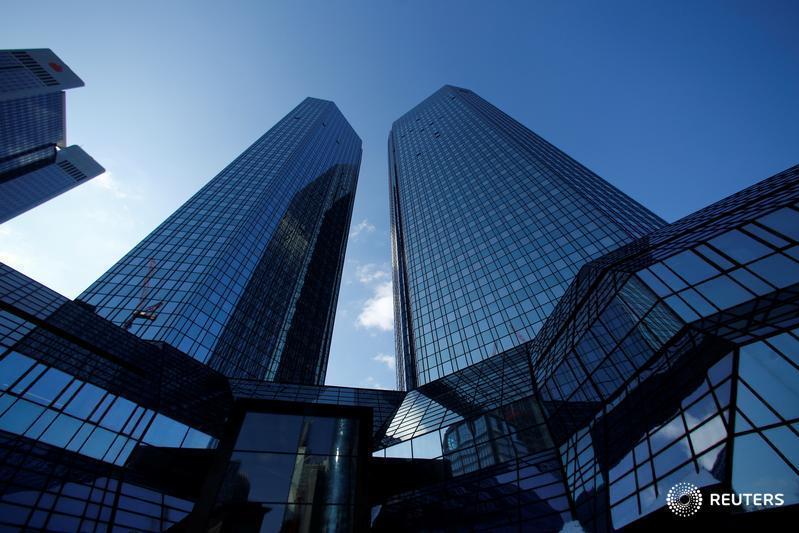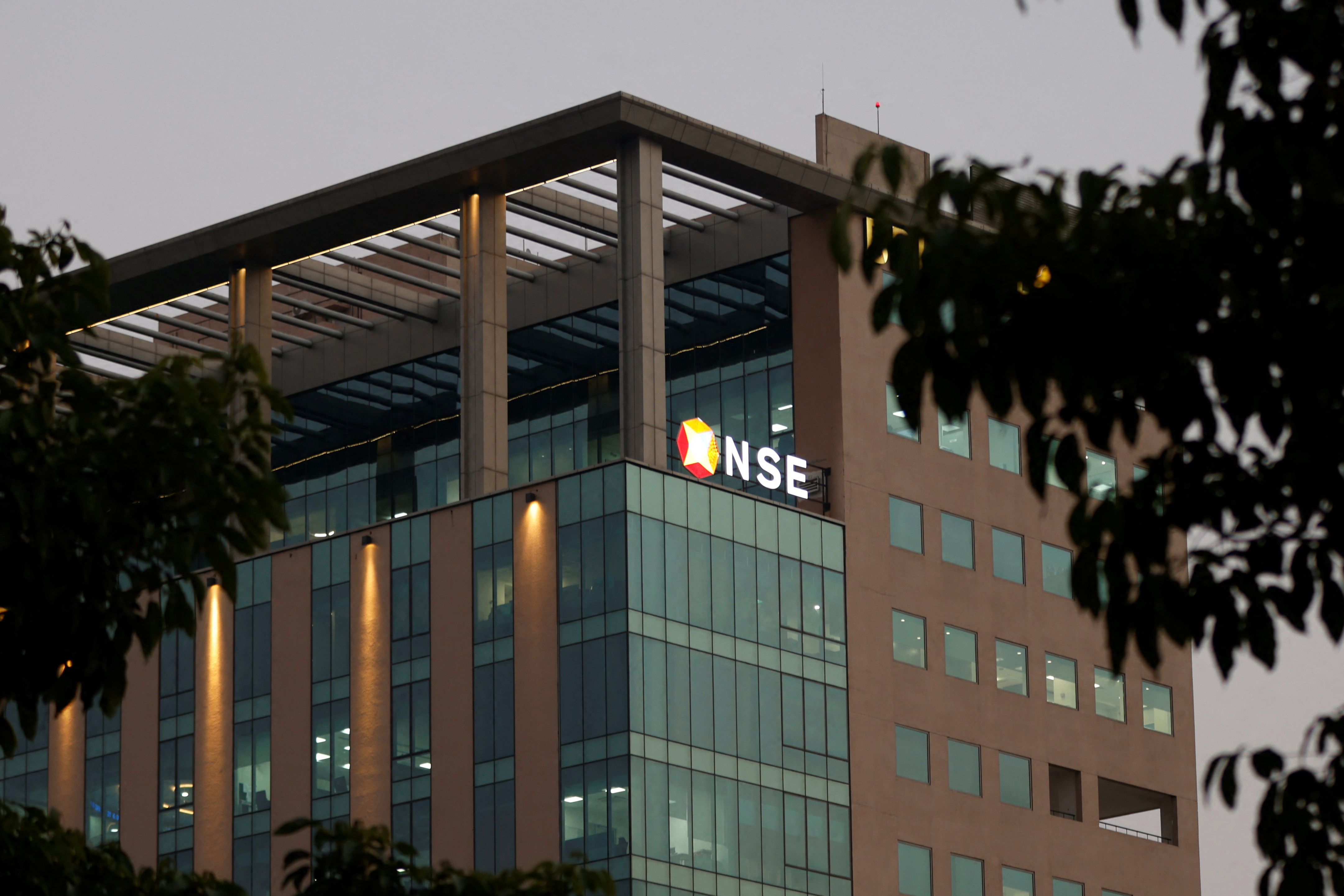ECB's First Rate Cut in 5 Years: What's Next?
Amid economic uncertainty and a clear shift in policy, the European Central Bank has announced its first interest rate cut in five years.
Published June 07, 2024 - 00:06am

Image recovered from shorouknews.com
The European Central Bank (ECB) has made a monumental stride in its monetary policy by reducing key interest rates for the first time in half a decade. This significant move was made to address the sharp deceleration in inflation and general economic stagnation observed in the past year. The International Monetary Fund (IMF) has hailed this as an appropriate action, highlighting the ECB's data-dependent approach and indicating the possibility of similar interest rate cuts by the U.S. Federal Reserve, thus potentially easing global monetary policies.
At its latest meeting, the ECB decreased the main refinancing operations rate to 4.25%, with the deposit facility rate now at 3.75%, and the marginal lending facility rate at 4.5%. This initiative is expected to kickstart a wave of monetary easing amongst other central banks around the globe. The decision aligns with the trend of other central banks, such as those in Canada, Sweden, and Switzerland, that have also opted for reduced rates to curb inflation post-pandemic.
Experts anticipate further interest rate deductions by the ECB later this year, likely in September and December, with the markets forecasting two more cuts, a departure from earlier expectations of a more aggressive series of reductions. As central banks navigate the perplexing waters of inflation and wage pressures, their monetary choices remain under intense scrutiny.
Aside from the direct implications for the banking system, the ECB's decision has had an immediate impact on commodity markets, exemplified by a 2% oil price surge following the announcement. Market optimism is palpable as the Brent crude futures rose by 1.86% to $79.87 per barrel, and West Texas Intermediate (WTI) crude increased by 2% to $75.55 per barrel.
The ECB's choice stands as a precursor to a broader scheme of meticulously calibrated easing, which might play a pivotal role in shaping the economic landscape and investment strategies within Europe and worldwide.
The European Central Bank (ECB) has made a monumental stride in its monetary strategies by implementing a key interest rate cut for the first time in over five years. This Decision is made to combat the sharp slowdown in inflation and the overall economic stagnation that has gripped the economy over the past year. Alongside the applause from the International Monetary Fund (IMF), which endorsed the ECB's data-driven decision-making, there's an unfolding expectation that the U.S. Federal Reserve might mirror this step by the ECB, heralding a softer stance in global monetary policy.
The ECB, during its most recent convocation, reduced the benchmark refinancing rate to 4.25%. Simultaneously, the deposit facility rate now stands at 3.75%, whereas the marginal lending facility rate has been set to 4.5%. This monetary policy change is forecasted to initiate a ripple effect of easing among other central banks across the planet. The ECB's actions fall in line with similar moves made by the central banks of Canada, Sweden, and Switzerland, which have resorted to slashing rates to reel in inflation in the wake of the global health crisis.
Market analysts are predicting that the ECB may consider further interest rate trims later in the year, with a consensus pointing to potential cuts in September and December. This contrasts the earlier prediction of a more accelerated and aggressive reduction trajectory. Central banks are thus walking a tightrope with their policy decisions, attempting to manage inflation without exacerbating wage pressures. Consequently, each step taken by these financial institutions is observed with meticulous attention from a variety of economic stakeholders.
Immediately following the ECB's announcement, its impact resonated through the financial markets. This effect was most noticeable in the commodities sector, with the oil market registering a 2% rise. This upward trend was evident as Brent crude futures increased by 1.86% to $79.87 a barrel, and West Texas Intermediate (WTI) crude saw a 2% hike to $75.55 per barrel. These shifts in commodity prices could not only indicate market belief in a revived demand but also a more balanced oil market outlook.
In the context of economic forecasting, the ECB's new policy direction is regarded as the vanguard of a finely-tuned expansionary phase, which is expected to significantly influence both economic recovery trajectories and investment approaches across the continent and abroad. With this move, the ECB not only seeks to stabilize the European economy but also to assert a leadership stance in the global narrative of central bank policy response amidst the complexities of recovering from the pandemic-induced economic downturn. The ensuing months will reveal the effectiveness of the ECB's policy choices, as the international financial community watches closely.








